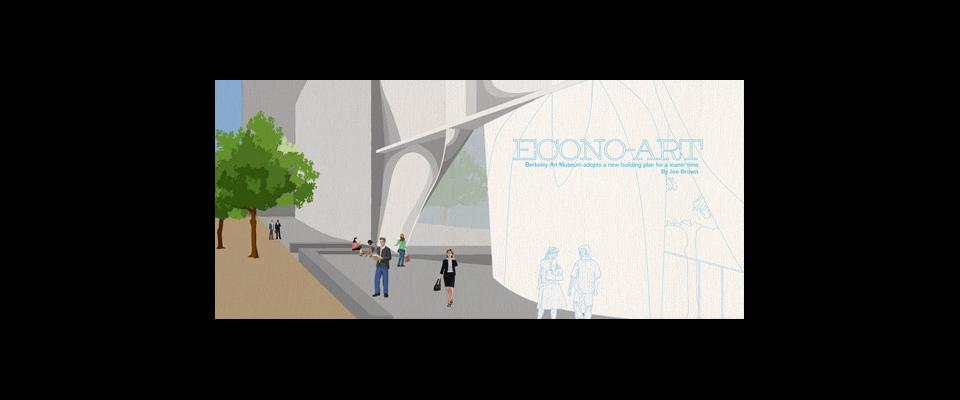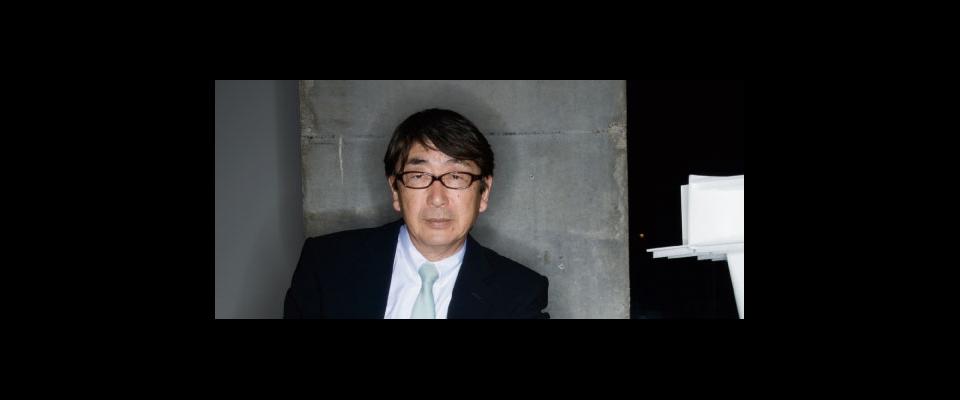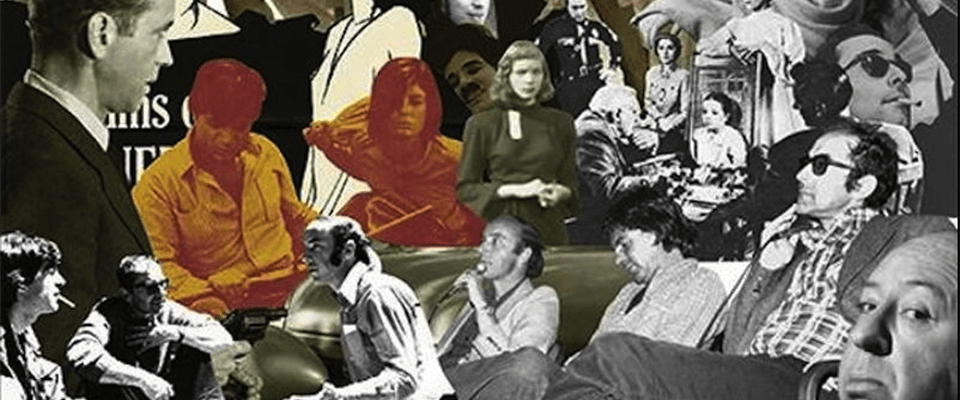Saying goodbye can be difficult—but how, exactly, does one say goodbye to 101,000 square feet of raw, reinforced concrete?
For almost 45 years, the Berkeley Art Museum and Pacific Film Archive has been housed in a monumental structure across the street from UC Berkeley. This month the building will close, and the museum will begin a yearlong move into its new home closer to downtown Berkeley. For admirers of the current building, the chance to say goodbye will come on Sunday (Dec. 21), when BAM/PFA hosts “Let’s Go! A Farewell Revel.” The free, daylong event will celebrate the building, its history, and the community that has appreciated and sustained it.
“Transitions are very hard,” says event organizer Louise Gregory, director of development for BAM/PFA. “They are times to grieve a little, but also to celebrate, so we wanted to give people that opportunity.”
The event will feature diverse performances, reflecting the wide spectrum of programming that has marked the museum’s history. These include a concert by all-women vocal ensemble Kitka, sound art by Chris Kallmyer, and dance battles by local group TURFinc, among others.
Attendees will also have the chance to make art and share their own recollections of the building in the form of “memory cards,” which will be displayed during the event.
“We wanted to honor everyone’s memories who have passed through the building over time,” says program manager Sean Carson, “the artists and performers who’ve been here, the people who’ve worked here, and the students who’ve come and gone.”
Recognized as the masterpiece of renowned Bay Area architect Mario Ciampi, the building is at once graceful and imposing. Viewed from the outside, it is a fortress-like mass of unadorned, geometric concrete, echoing the Brutalist style popular in the 1960s and 70s.
Step inside, and the building turns welcoming. The innovative, open design brings much of the museum immediately into view. The galleries spiral upward, like a fan or nautilus shell, with cantilevered concrete slabs jutting out over an enormous central atrium. That atrium, bathed in natural light from walls of windows, often serves as an adaptable gallery or performance space, allowing visitors to view or listen from different vantage points.
“Ciampi articulated a metaphysical origin for the orientation,” says Gregory, “suggesting that the cantilevered sections were laid out on two axes aligned with energy centers in the Egyptian zodiac.”
Whether or not Ciampi’s astrological inspiration resonates with visitors, the space is certainly unique, memorable, and well suited for displaying the avant-garde artwork for which the museum is known.
“The building is a good mirror of our mission as an institution,” says Gregory. That mission, she adds is to be “edgy and excellent.”
BAM/PFA opened its doors in 1970 (it was then called the University Art Museum), at the height of Vietnam War protests on the UC Berkeley campus and across the nation. In an article for California Monthly, announcing its opening, founding director Peter Selz wrote, “Our nation, our troubled communities are in conflict and strife and no resolutions seem forthcoming in the political or social sphere. Yet the resolution of struggle, the recognition of problems…and their solution is the essence of art.” Selz was committed to exhibiting radical, politically engaged artwork, a legacy that continues to this day.
Over the past four decades, the museum has featured numerous internationally acclaimed group and also solo exhibitions, including works by Joan Brown, Bruce Connor, Richard Avedon, Sebastiao Salgado, and Barry McGee. With its MATRIX program, the museum has served as a springboard for over 250 emerging artists from around the world.
It holds an impressive and varied collection, with particular strengths in historical and contemporary Asian art; early American painting; mid-twentieth-century, and contemporary international art; and California and Bay Area art.
The impetus for the museum’s move came in 1997, when the landmark building was declared a seismic hazard. After choosing a new location near downtown Berkeley, the university began the hunt for an architect. The initial plan, a far-out design by famed Japanese architect Toyo Ito, had to be scrapped in 2009 due to high costs. The university ultimately chose a more affordable design, by renowned architecture firm Diller Scofidio + Renfro, which is now under construction. The plan aims to repurpose a former UC Berkeley printing press building into a dynamic new structure.
Museum administrators hope the building, located at the hinge between the university and downtown Berkeley, will allow more robust engagement with the city: It will be close to BART, the theatre district, and both Berkeley High and Berkeley City College.
The move also represents a reintegration of BAM with PFA. The Pacific Film Archive has been housed in a separate building since 2001 because of particular seismic concerns. The archive hosts hundreds of programs each year and boasts a collection of over 14,000 films including Hollywood classics, silent films, Bay Area avant-garde films and video, and the largest collection of Japanese films outside of Japan. Bringing BAM and PFA back together under one roof is important, says the organziation’s media relations manager Peter Cavagnaro, because many of the museum’s exhibitions incorporate film programs. The separation “dislocated those audiences,” Cavagnaro says. “We’re trying to bring them back together to have that dialogue again.”
Above all, says Cavagnaro, the move presents an opportunity to reintroduce the museum to the broader community.
But before that happens, the Ciampi building will get a proper goodbye.
“There are a lot of people who are quite fond of this building, including all of us who work here,” says Cavagnaro. “There have been so many memories that have been created here and it’s such a unique space. It would be almost disrespectful if we didn’t give it its due.”
The grand finale of Let Go! will be a rendition of “Poeme symphonique for 100 metronomes,” a 1962 composition by Hungarian composer Gyorgy Ligeti. As the title suggests, the piece consists of 100 old-style metronomes, which are all started at a conductors mark. As the metronomes wind down, they come to a stop one by one.
“You wait and you wait, and they all click down to nothing,” says Carson. “Eventually you get silence, and everyone waits for those last few to stop.”
When the last metronome clicks its final click, it will be the last sound of a museum performance played in the building.
In an act symbolic of the transition, Oakland-based singing trio The T Sisters will then lead attendees in a celebratory procession to the new building location at Center St. and Oxford Ave.
“The spirit of our institution has been housed in a particular building for a long time,” says Carson, “but that spirit is moving to a new place. It’s like being reincarnated. Or like our brain is being put into a new body.”
“It is about the building,” Gregory adds, “but not about architecture as much as its about the memories that are housed within the building. That’s why we wanted to program such a special day filled with experiences.”
After the goodbye party, the museum will close its doors until the grand opening of the new location in early 2016. In the meantime, the Pacific Film Archive will continue its usual programming through July 2015, and the museum will host exhibitions and other events off-site.
The Ciampi building will most likely live on after a significant seismic upgrade, though in an altered form. Its future use is as yet undetermined.




















